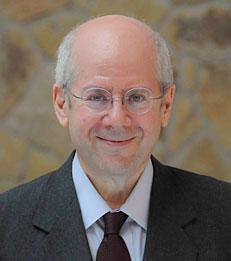Opinion
A primer on helicopter money
—


Helicopter money today is different from what Milton Friedman imagined; it is expansionary fiscal policy financed by central bank money.
By Kim Schoenholtz and Stephen Cecchetti
Helicopter money is not just another version of unconventional monetary policy. Using simple central bank and government balance sheets, this column explains how helicopter money today is different from what Milton Friedman imagined back in 1969 – it is expansionary fiscal policy financed by central bank money.
Helicopter money is not monetary policy. It is a fiscal policy carried out with the cooperation of the central bank. That is, if the Fed were to drop $100 bills out of helicopters, it would be doing the Treasury’s bidding.
We are wary of joining the cacophony of commentators on helicopter money, but our sense is that the discussion could use a bit of structure. So, as textbook authors, we aim to provide some pedagogy. (For examples of previous writing, see Bernanke 2016, Baldwin 2016 and Buiter 2014).
To understand why helicopter money is not just another version of unconventional monetary policy, we need to describe both a bit of economic theory and some relevant operational practice. We use simple balance sheets of the central bank and the government to explain.
Read full article as published by VoxEU.
___
Kim Schoenholtz is Professor of Management Practice in the Department of Economics and Director of the Center for Global Economy and Business.
Helicopter money is not monetary policy. It is a fiscal policy carried out with the cooperation of the central bank. That is, if the Fed were to drop $100 bills out of helicopters, it would be doing the Treasury’s bidding.
We are wary of joining the cacophony of commentators on helicopter money, but our sense is that the discussion could use a bit of structure. So, as textbook authors, we aim to provide some pedagogy. (For examples of previous writing, see Bernanke 2016, Baldwin 2016 and Buiter 2014).
To understand why helicopter money is not just another version of unconventional monetary policy, we need to describe both a bit of economic theory and some relevant operational practice. We use simple balance sheets of the central bank and the government to explain.
Read full article as published by VoxEU.
___
Kim Schoenholtz is Professor of Management Practice in the Department of Economics and Director of the Center for Global Economy and Business.
